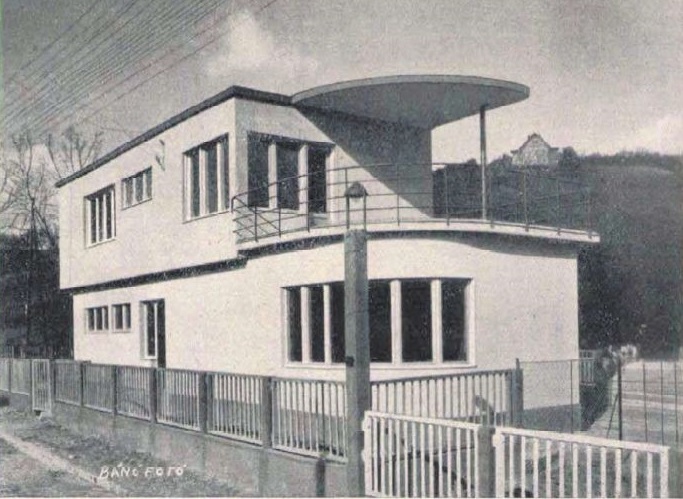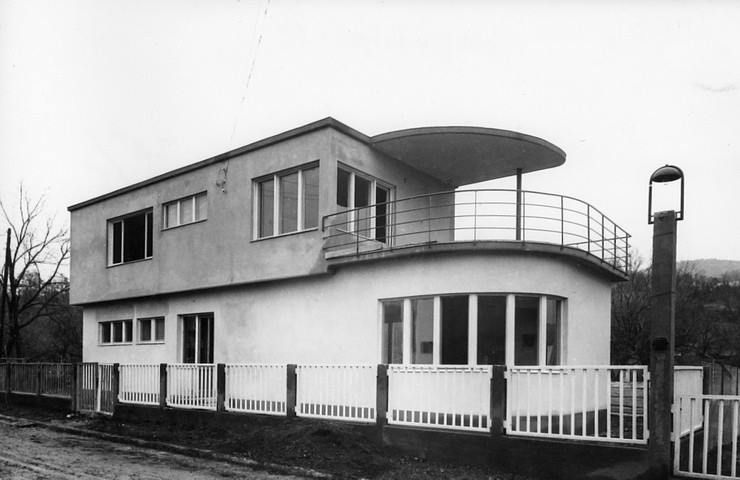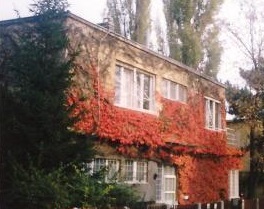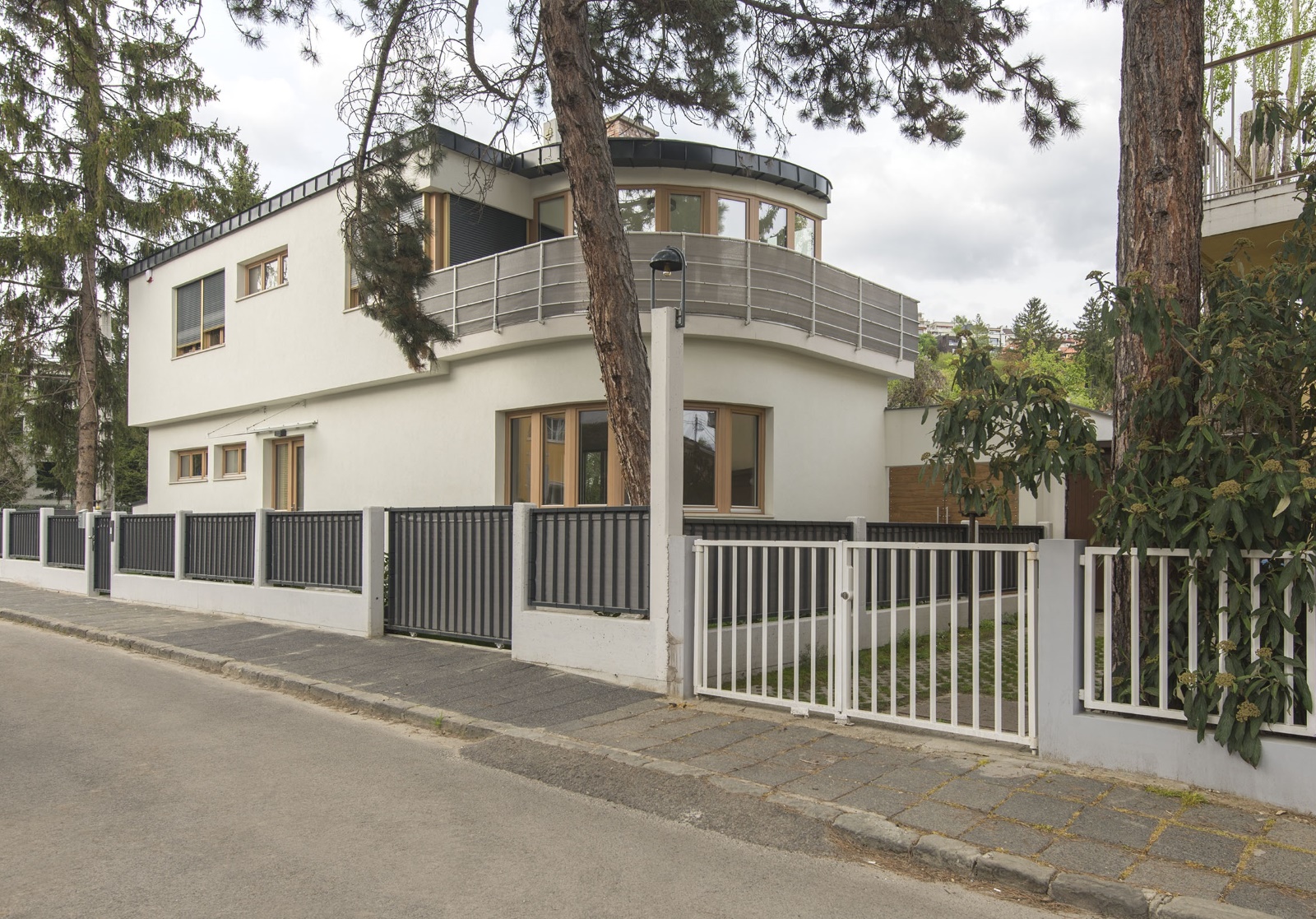Napraforgó street 19. (original number: 21.)
Architect: Gedeon Gerlóczy
Budapest, 1895 – Budapest, 1975, architect, savior of Csontváry’s legacy
He graduated at the Budapest Technical University. He started working in the office of his professor, Dezső Hütl, then continued his studies in the Politechnikum in Munich beside professor Thirsch. He returned to Hungary in 1919 and once again joined the office of professor Hütl. In the 20s he opened his own office. After some design works in the country – Evangelist church in Gyula, 100-bed surgery pavilion of the Békéscsaba hospital – he worked in Budapest for four decades as a well-known, acknowledged architect.
In the beginning of the 30s he made plans for villas, then in 1938 he won a first medal at the design contest of the hydro-hotel in Tabán. In 1940 he, together with Nándor Körmendi and Béla Grundböck, made plans for the Traumatology Hospital of the National Social Security Institute. The Madach Chamber Theatre and the residential building with ground floor passage at the corner of Petőfi Sándor street and Parisi street were built based on his plans in 1941. The latter is one of the most successful mansions of Budapest. He took part at the tender for the National Sports Hall where he received first prize together with other contestants.
Between 1944-1948 he was a professor of the Arts College, then between 1950-1961 he worked for the state company IPARTERV until pension.
His outstanding merit is the preservation of the legacy of painter Tivadar Csontváry Koszka. He discovered and bought the pictures in the 1920s when the inheritors tried to sell the paintings to transport workers for a song. He worked for four decades that the pictures get the worthy appreciation they deserved.
In 2010 he was awarded a posthumous Ybl prize.
Source of the photos: Tér és Forma 1931/10, 305-326, Magyar Építészeti Múzeum és Műemlékvédelmi Dokumentációs Központ-MDK Fotótár (leltári szám: 020.532N), Vékás András, Mátéffy Bendegúz
Source of the ground-plan: Tér és Forma 1931/10, 305-326





